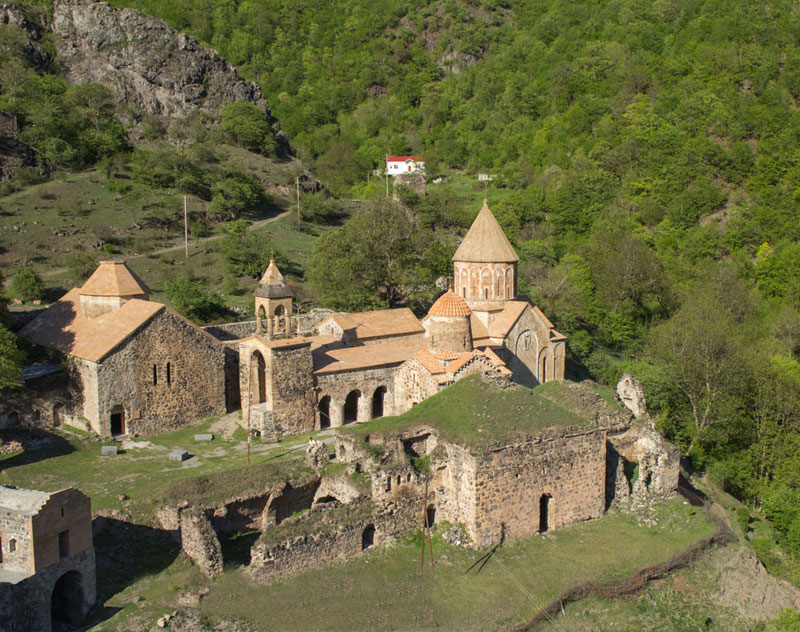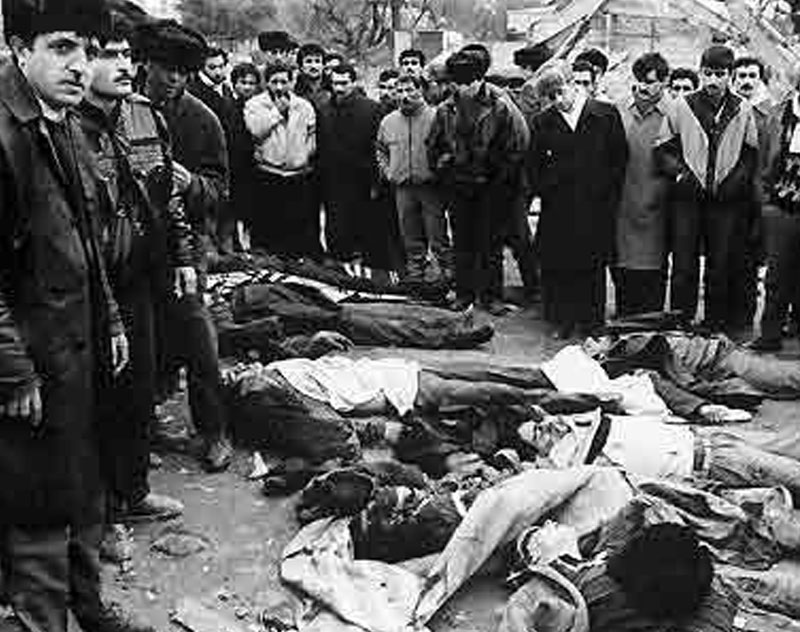
15 centuries of self-governance
and factual sovereignty of Artsakh
The land of Artsakh, still better known to journalists and policymakers as “Nagorno Karabakh,” is a historical Armenian-peopled province in the Caucasus region, with an ancient tradition of uninterrupted institutional self-governance and factual sovereignty that spans over 15 centuries of recorded history. This continuous tradition of institutional autonomy and de-facto-independence differentiates Artsakh from other newly-recognized, unrecognized, or partially-recognized states who rely on the right of peoples to self-determination to promote their cause (e.g. Kosovo, South Sudan, Eastern Timor, Abkhazia, Transnistria). In this context, Artsakh’s international aspirations are more akin to those of Scotland or Montenegro – geopolitical organisms and historical brands with established roles in regional affairs.

Beautiful nature and rich cultural heritage
Artsakh’s mountainous and heavily forested terrain offers landscapes of rare natural beauty and is home to ancient monuments of considerable historical significance. Especially important are Artsakh’s ecclesiastical ensembles associated with the Kingdom of Armenia’s transformation into the world’s first Christian state in the year 301 AD. Artsakh hosted the first school where the newly-invented Armenian alphabet was taught, in c. 410 AD, and is a land that preserved elements of Armenian statehood and the country’s feudal system after the last internationally-recognized Armenian kingdom, Cilicia, declined in the 15th Century.

Republic of Artsakh
Most of the region is located within the borders of the Republic of Artsakh, a de-facto independent state proclaimed originally under the name of Nagorno Karabakh Republic (NKR), three months before the disintegration of the Soviet Union in 1991. NKR’s declaration of independence was underwritten by a referendum that adhered to the letter and spirit of the USSR’s legislation on the secession of autonomous territories from union republics.
In the beginning of the 1920s, Russian Bolsheviks initially declared Artsakh as part of Armenia due to its overwhelmingly Armenian character. Later, however, the Soviet dictator Joseph Stalin arbitrarily placed it under the tutelage of a newly-created and Muslim-controlled Soviet Socialist Republic that became known as “Azerbaijan” – a term unceremoniously borrowed from the neighboring province of Iran despite complaints from Tehran. The Armenian majority of the region (95% of the population) protested about this decision since it preferred to be part of Armenia instead. From 1923 to 1991, the region chugged along as one of the USSR’s autonomous territories – Nagorno-Karabakh Autonomous Region (NKAR), giving birth to the journalistic cliché “Nagorno-Karabakh.”

Artsakh: struggle for freedom
In 1988, a popular movement, initiated in NKAR and supported in Yerevan, renewed a campaign to petition Moscow to transfer NKAR from Azerbaijan to Armenia. Azerbaijan’s responded to the peaceful rallies by resurrecting its tradition of anti-Armenian violence that goes back to the 1905 pogroms in Baku. The Baku authorities tried to recapture Artsakh in a war that lasted from 1991 to 1994, but Artsakh, with the help of Armenia, suppressed Azerbaijan’s campaign of ethnic cleansing, and the three parties to the conflict agreed to a ceasefire that lasted without peacekeepers for 26 years. During this time, Azerbaijan developed as a hereditary oil dictatorship ruled by the Aliyev family since the mid-1960s, whereas Artsakh evolved into a quasi-democracy that held competitive elections.

In Sept 2020,
Azerbaijan declared a new war against Artsakh
On September 27, 2020, Azerbaijan – with the declared assistance from Turkey – reawakened the conflict from dormancy by launching a large-scale offensive against Artsakh. In its war effort, Azerbaijan relied on thousands of Turkish-paid jihadist mercenaries airlifted from terrorist camps in Syria and Libya and brought to fight alongside the Azerbaijani Army. The 2020 invasion opened a new chapter in the history of regional warfare and involved unmatched suffering of the civilian population.

